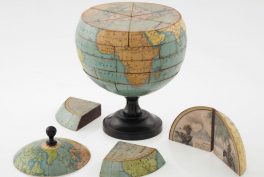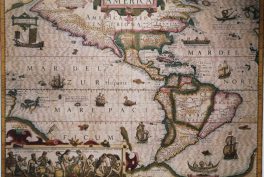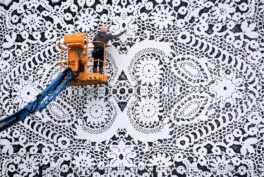Why Art?
Any form of Art is devoted to (providing) joy, and there is not any higher and not any more serious duty than to make the human beings happy.
With this quote, Frederick Schiller makes a statement about the importance of Art in general. I live of Art, I live of love! sings la Tosca in Puccini’s opera of the same name. This motto could also describe Frederick Schiller’s life.
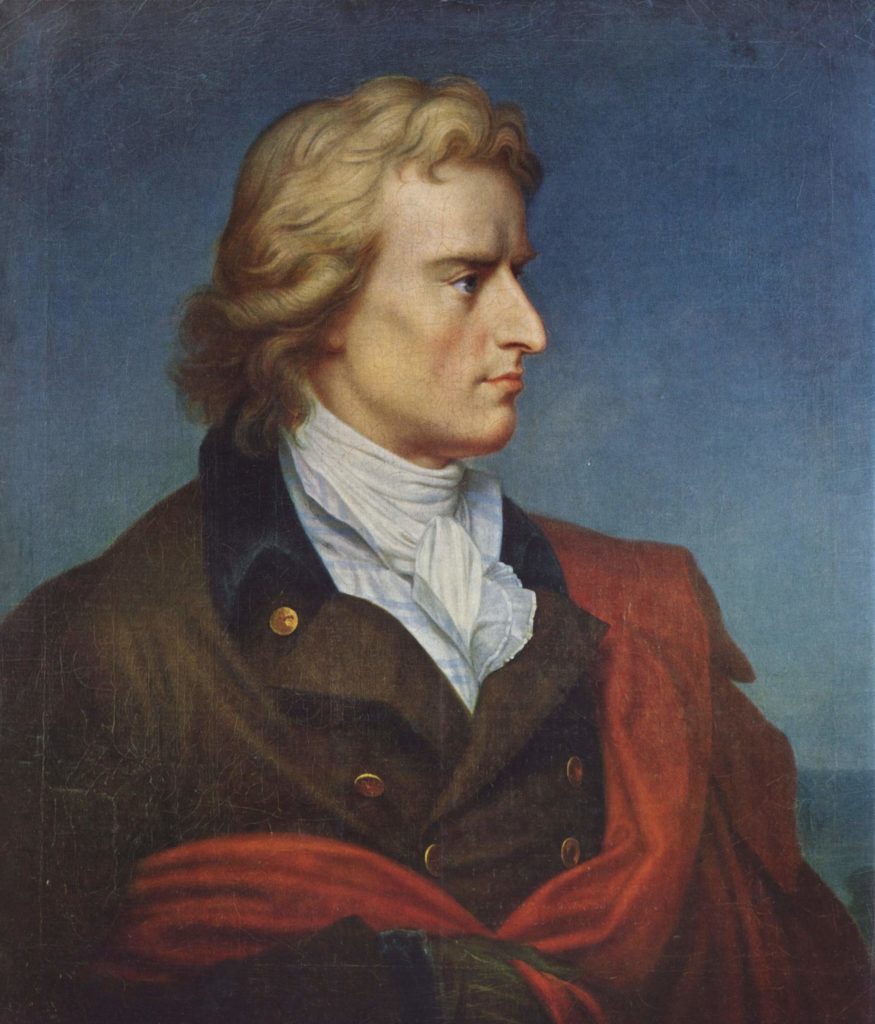
Art fascinated him from an early age. This interest would never lose its momentum throughout the years. He avidly explored all the arts like a curious, insatiable person, and made of Art a major component of his life.
It served multiple purposes in his works and personal life. The sculpture “Laocoön” was reputedly an important source of inspiration to him.
How did Art contribute to Schiller’s great philosophical concerns?
Turmoil was raging throughout Europe in the aftermath of the French Revolution and during the Napoleonic invasions. Yet, he devoted time to study and reflect on Art. What does Art have to tell us in the digital times through Schiller’s own reflections?
Theater does not only make us aware of the human character and the human being, but it also teaches us about destinies and the great art of facing them, wrote Schiller in one of his essay.
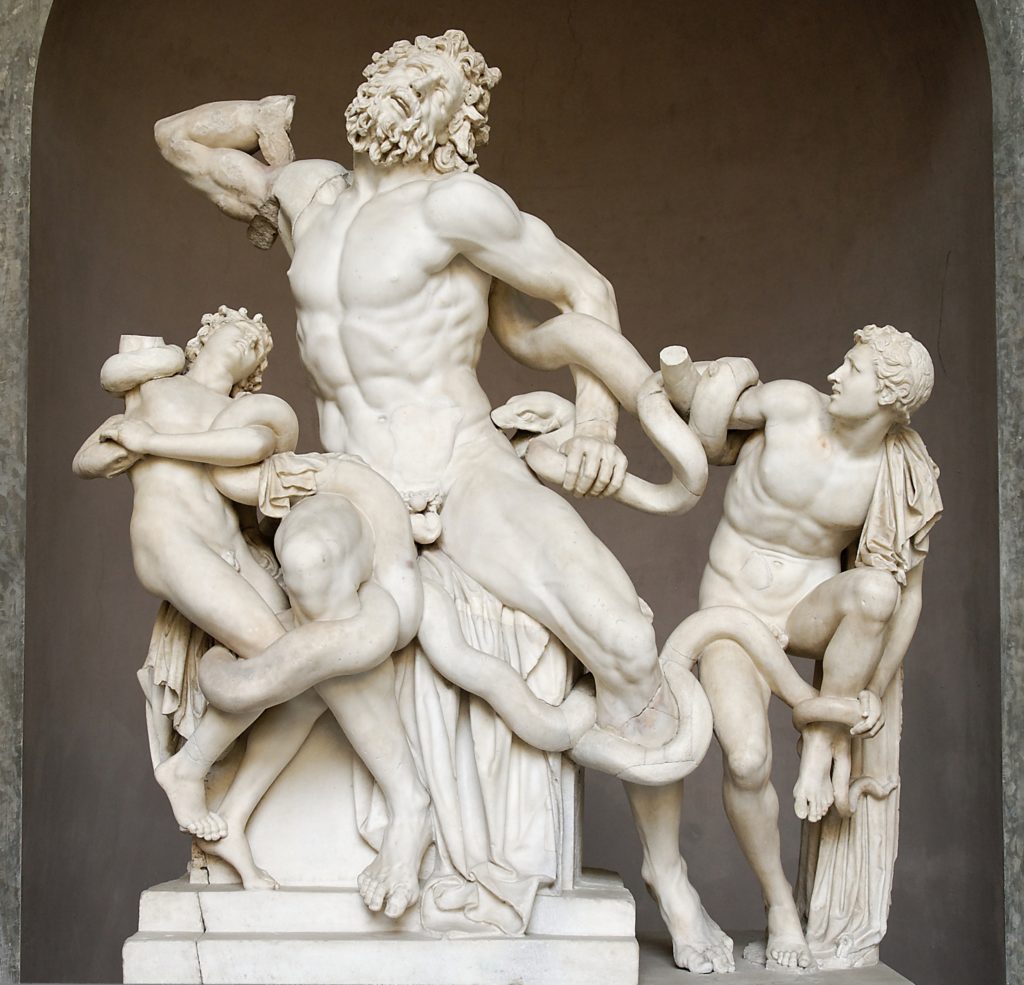
Individuals would hence learn to behave in a smarter, if not a better way, by attending theater repeatedly. Art is, however, also a testimony of our past. Without it, we would lesser grasp how we used to be. Without it, we would not realize the long development which was necessary to produce our current civilization. Besides, Art is also a means to spread widely any lessons or knowledge to the public.
Schiller states in another of his essay about Art:
Chorus abandons the confined circle of actions to extend itself into the past and the future, into remote times and persons, mainly into the human dimension, in order to outline the great facts of life and to advocate the teaching of wisdom.
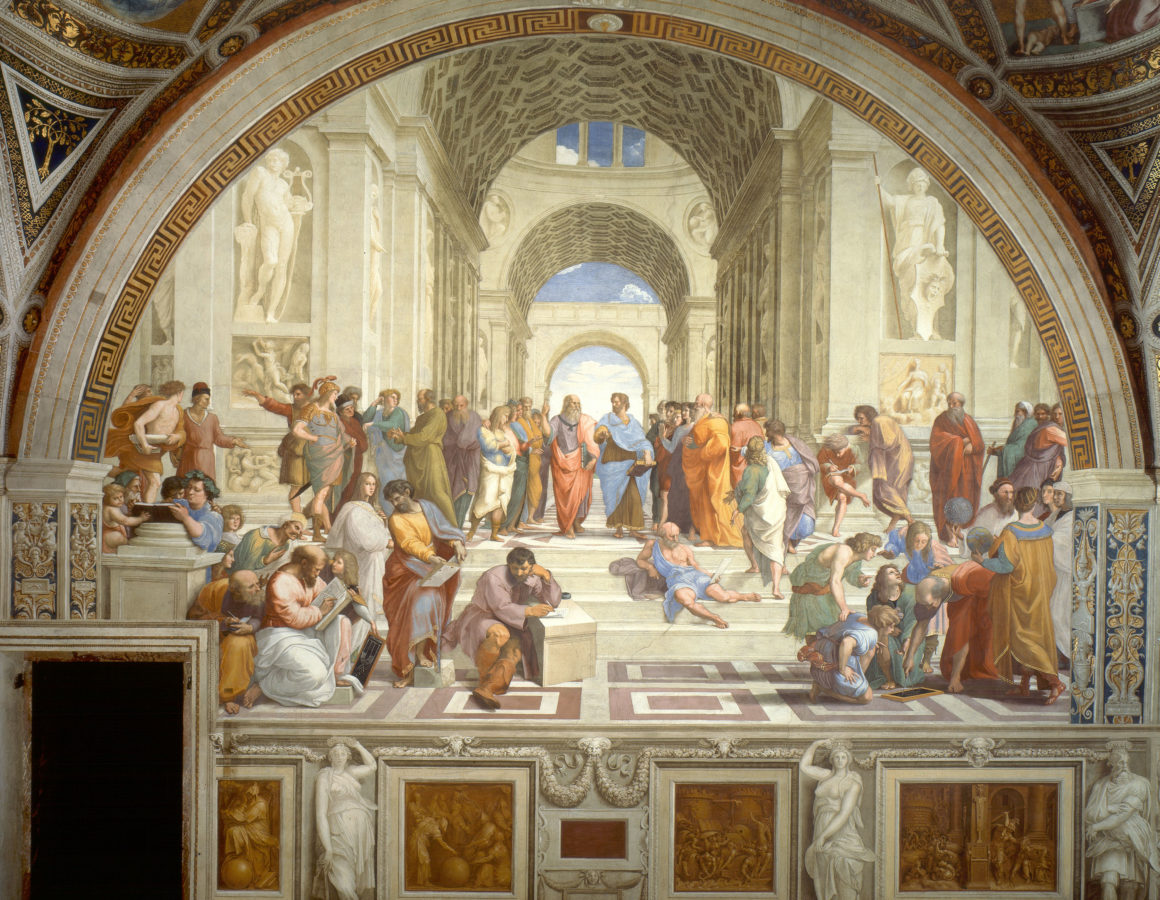
The finality of an education through Art
In a letter to Goethe, finally, he further affirmed the educational value of opera.
I have always trusted that drama should unravel itself in a nobler form from opera as from the choruses of the Bacchus celebrations. People are hence dispensed from the servile imitation of Nature in opera.
An avowal of his strong belief that the public should experience a nobler form of drama for educational purpose. So that the public can become a better judge in human affairs.
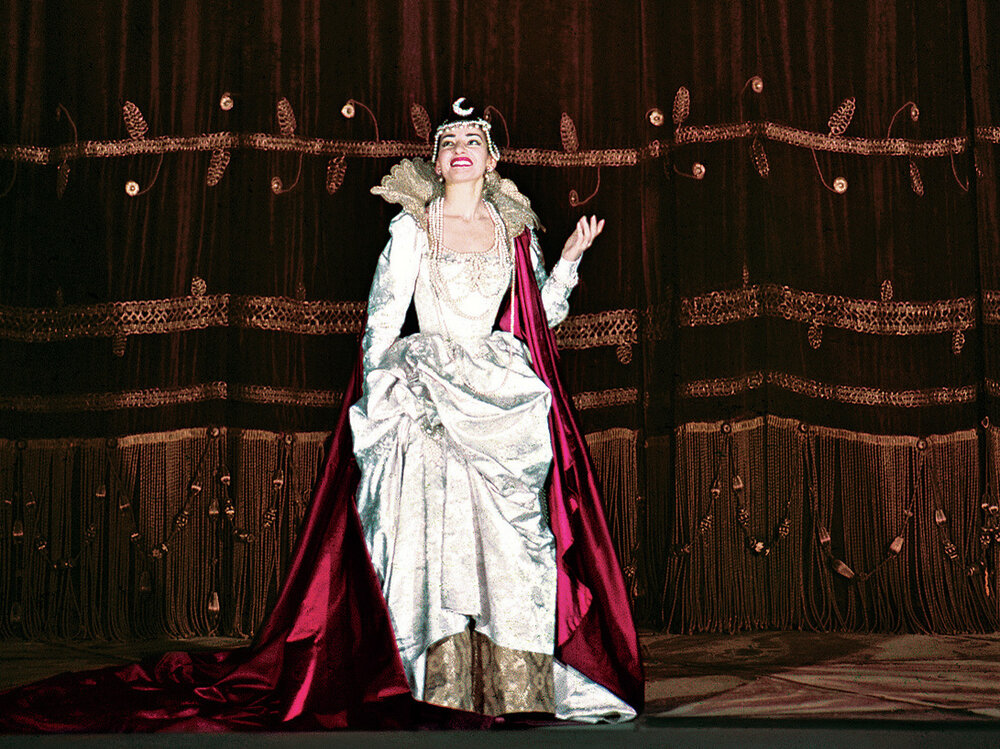
Hence, we can experience joy through Art, we can learn our past, present and maybe future from Art. We can also learn noble and wise attitudes towards the drawbacks of life still from Art. But still, why was Schiller so concerned about all these topics? Because his times were all about the emergence of the so-called world citizens? Maybe an answer is also to be found in his lesser-known essay, On the art of tragedy, where he pinpointed one of his purposes with Art:
The sublime spiritual harmony is the fate of strong and philosophical minds. Such minds, through a persistent work on themselves, have learned to master the selfish impulse.
Find out more:
- Jean-Marc Rakotolahy’s website. It features many writings by this author which have never been translated or published in English before.
- Jean-Marc Rakotolahy’s Schiller’s translations:
[easyazon_image align=”none” height=”160″ identifier=”1492264776″ locale=”US” src=”https://www.dailyartmagazine.com/wp-content/uploads/2018/04/516chC2zBrL.SL160.jpg” tag=”dailyartdaily-20″ width=”105″] [easyazon_image align=”none” height=”160″ identifier=”B00OZQAYSI” locale=”US” src=”https://www.dailyartmagazine.com/wp-content/uploads/2018/04/61qzf02BtXL.SL160.jpg” tag=”dailyartdaily-20″ width=”105″] [easyazon_image align=”none” height=”160″ identifier=”1492162019″ locale=”US” src=”https://www.dailyartmagazine.com/wp-content/uploads/2018/04/51DK83sigbL.SL160.jpg” tag=”dailyartdaily-20″ width=”105″]

